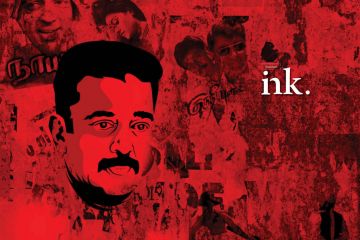
Murder mysteries arouse the anxieties of the middle class
like nothing else can. Newspapers and television channels are flooded with
theories about the possible suspects and the modus operandi of the murderers.
Any investigating officer looks for three things—motive, weapon, and the
location of the suspected murderer.
The murders of Aarushi Talwar, the only child of Dr Rajesh
and Dr Nupur Talwar, and their domestic help Yam Prasad Banjade, a.k.a Hemraj,
descended into a murder mystery
Continue reading “Aarushi: another attempt at gloss”
Read this story with a subscription.





